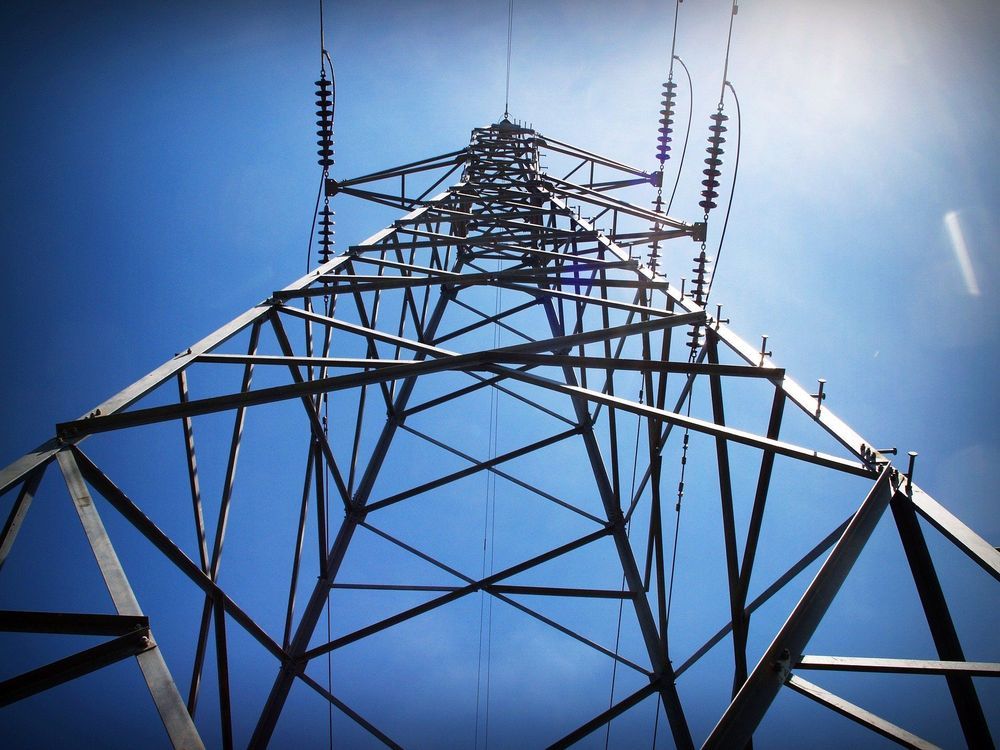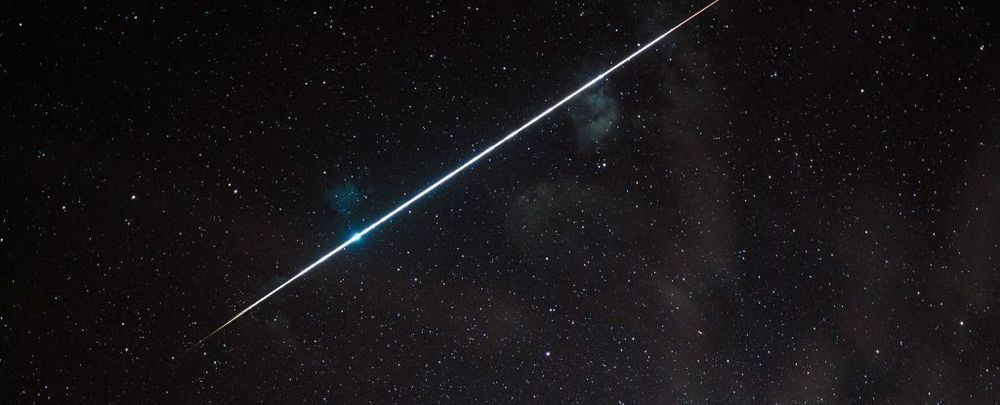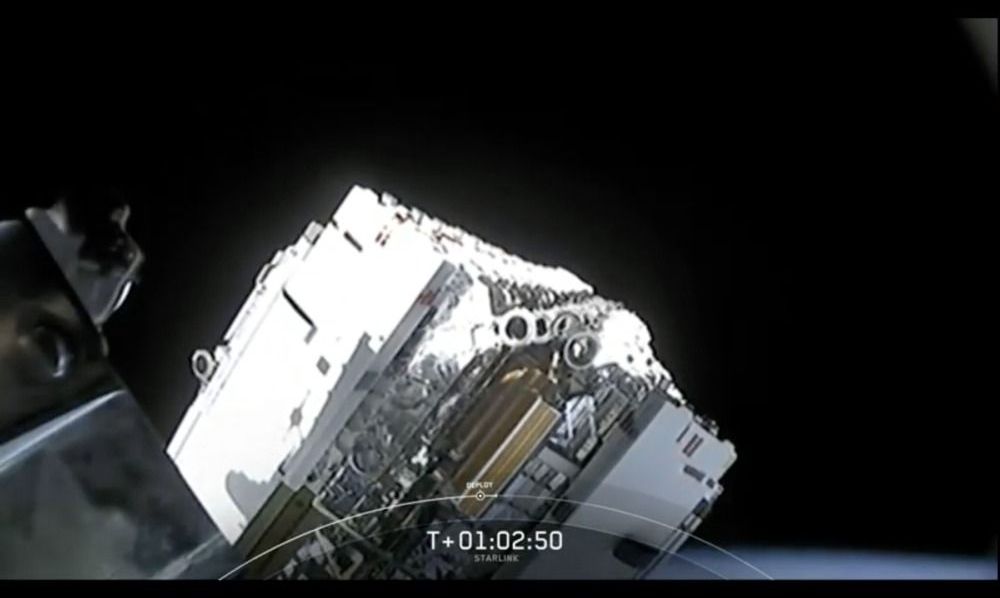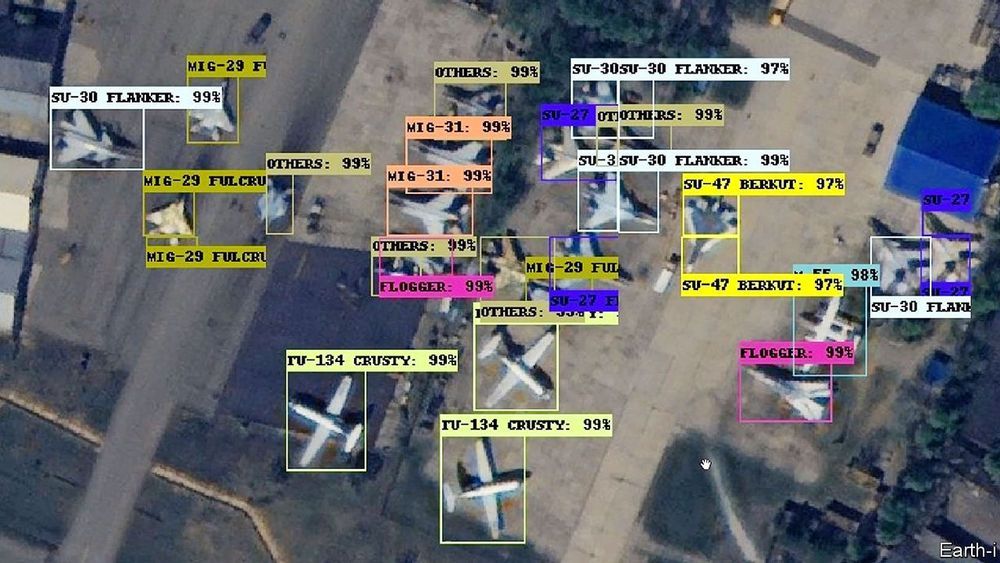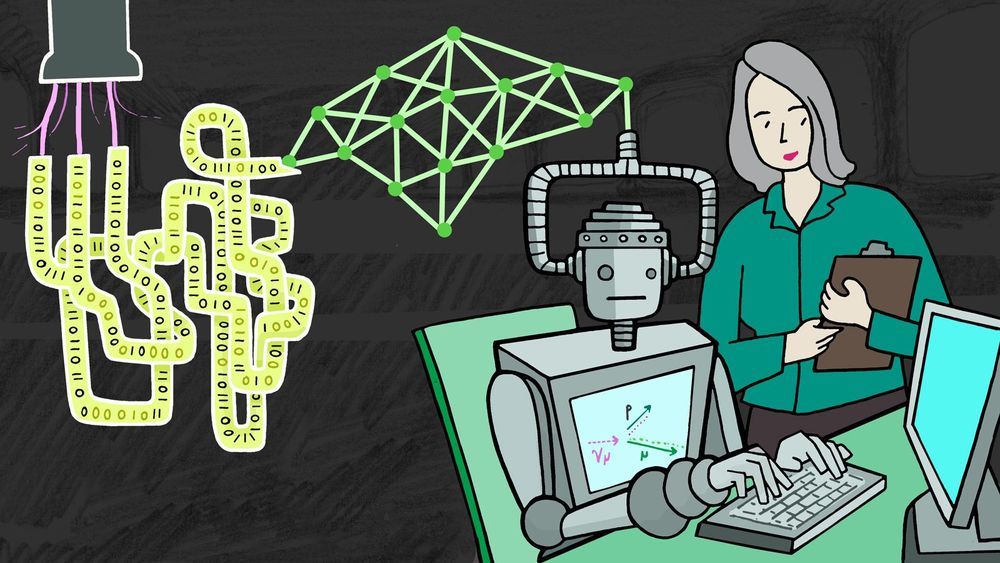Circa 2018
As the national power grid becomes increasingly dependent on computers and data sharing—providing significant benefits for utilities, customers, and communities—it has also become more vulnerable to both physical and cyber threats.
While evolving standards with strict enforcement help reduce risks, efforts focused on response and recovery capabilities are just as critical–as is research aimed at creating a well-defended next generation smart grid. The Daily Herd recently sat down with Michael Ahern to discuss the many challenges involved in securing the national power grid against physical and cyber attacks –both now and in the future.
In addition to his role as director in WPI’s Corporate and Professional Education and instructor for the Foisie Business School, Ahern also leads a WPI research team supporting BAE Systems as part of the Defense Advanced Research Project Agency’s Rapid Attack Detection, Isolation, and Characterization Systems (DARPA RADICS) intitative.
